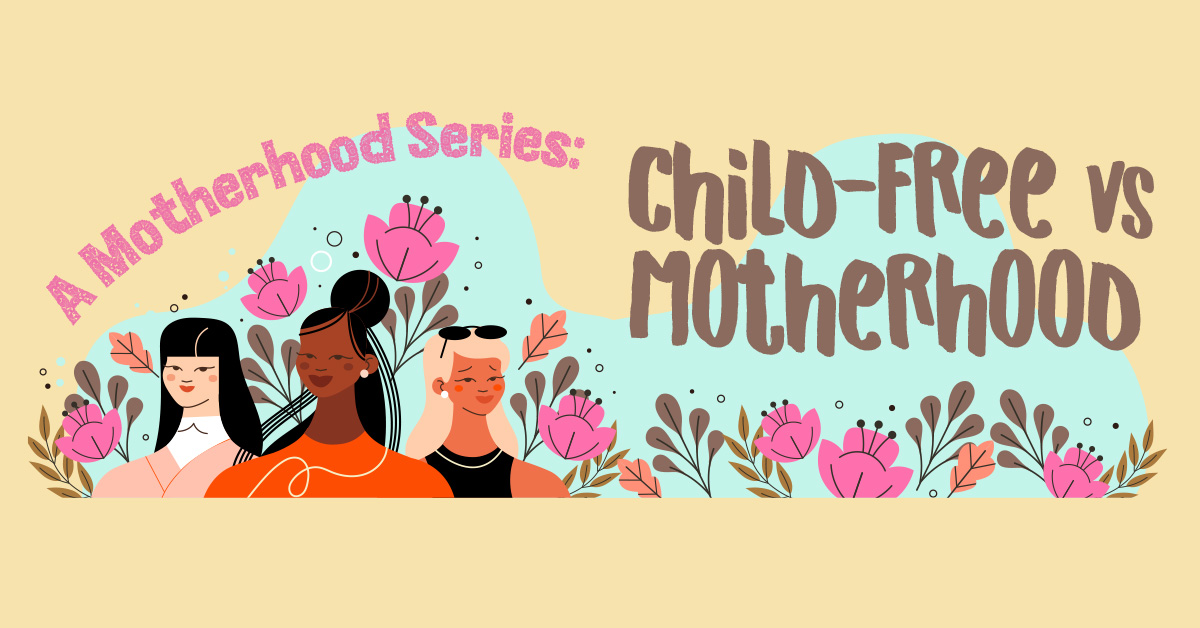In my never-ending pursuit to eradicate ‘621’ from my diet, my awareness of its use is acute as I currently travel
Indonesia; Monosodium Glutamate is everywhere, and my body can feel it! That’s MSG to the lay-person, and it’s
labelled number 621 on ingredients lists.
There are others too that appear pretty consistently on ingredients lists, so this month I bring you a snappy ‘how
to’ guide to help you demystify the lists of ingredients on packaged foods.
The first thing to note is, items are listed in order of the quantity of each that the product contains. For example,
in the Fantastic Rice Crackers (pictured), the majority of its content is rice (you’d hope so!), the second is sugar
(interesting) and so on, until the flavour enhancers (with the lowest quantities).
You’ll notice the numbers associated with ingredientsare 307b, 627, 631, so let’s dive in and I’ll explain
those numbers.
Overall, there are 400 different additives (identified by
numbers) that can find their way into our food. NZ Food
Safety Standards require numbers to be labelled within
ingredient lists. Additives are mainly used by manufacturers
to keep food safe; for convenience; to enhance flavour and
cosmetic appeal; to modify the nutritional makeup of a
product (think ‘lower sugar’ by adding sweeteners, as an
example).
To help you decide what you are happy to consume or what
you’d prefer not to, here’s a brief run down of what the
numbers are:
- 100s – Colours
(e.g Sunset yellow E110 in All Sorts) - 200s – Preservatives
(e.g. Sulphur dioxide 220 in wine) - 300s – Antioxidants
- 400s – Emulsifiers and Stabilisers
- 500s – Anti-caking agents and acidity regulators
- 600s – Flavour enhancers
(e.g. 627 Disodium 5’ – guanylate, 631 Disodium 5’ –
inosinate in these crackers) - 900s – Sweeteners

In an ideal world there would be no numbers, but this is not a reality we live in. So my advice is to remain informed, stay in tune and be mindful of problems that may arise for some people from a selection of the 100s, 200s (and 600s). For example: for me, 621 makes me feel light headed; for some people, 220 can cause allergies; E110 has links to hyperactivity, amongst others.
time I’m in your way.
So that’s a pretty quick introduction to numbers. Of course if this sparks your interest, or you relate to anything I’ve said
here, there is much more detailed information available via Dr Google, or you’re welcome to contact me with a quick
email. From my own experience as well as working with others, once you start understanding the numbers and can
relate to them, you become a bit of a food geek – one of those people who stands in the aisle of the supermarket
taking up space while you’re reading labels – say hi next time I’m in your way.
As a side note, I chose the Fantastic Rice Crackers when I was travelling as I thought I would grab something off the
shelf that I was familiar with. Then I spotted that, on top of the 600s that you can see in the New Zealand version,
they’d snuck in 621! Suffice to say they remained on the shelf and the bananas in my basket had to be sufficient! This
is something to be aware of when you move from country to country, as each country has different food standards.
Good luck!
– Words by Rebecca Smith
Certified nutrition, health and wellness coach
Real Nutrition: realnutrition.co.nz






